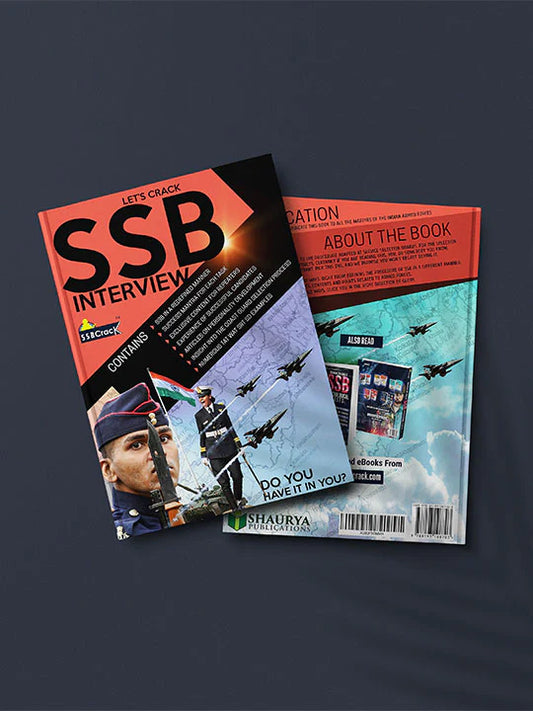6 Types of Fighter Jets Used by Indian Air Force
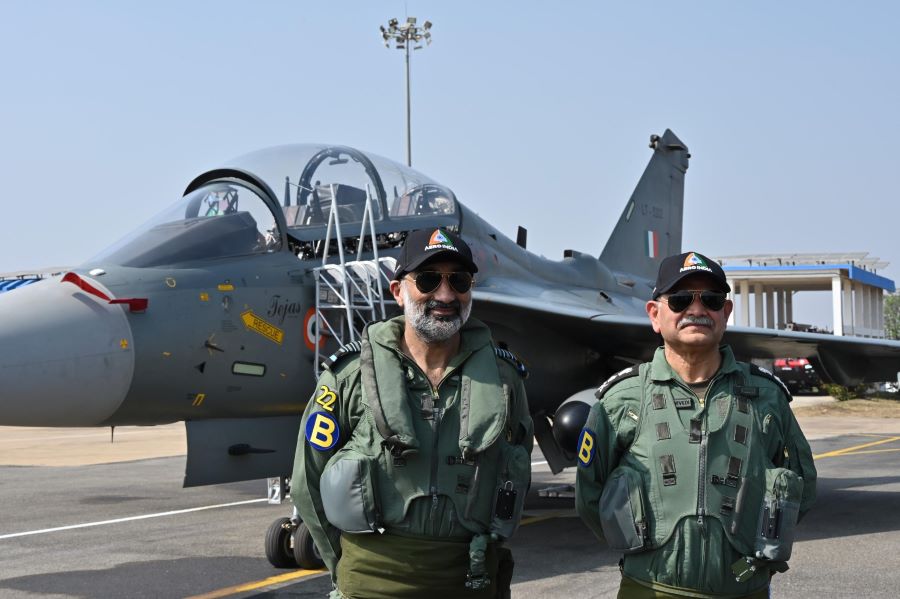
The Indian Air Force (IAF) has carved its niche as one of the most formidable aerial combat forces in the world. With a unique blend of indigenous and foreign aircraft, the IAF showcases capabilities that are both versatile and sophisticated. Among its key assets, six types of fighter jets stand out for their operational significance, technological prowess, and tactical versatility. As tensions evolve in the geopolitical landscape, these aircraft play a crucial role in ensuring India's aerial supremacy and national security.
Historical Context
The evolution of the Indian Air Force's fighter jet fleet is a reflection of India's strategic priorities and technological advancements. Since its establishment in 1932, the IAF has undergone significant transformations, starting from biplanes to the advanced multirole fighters of today. The notable conflicts in which the IAF has participated—such as the wars against Pakistan and China—have necessitated a continuous upgrade of its aerial capabilities. Particularly, the increase in regional tensions has catalyzed a shift towards acquiring advanced fighter jets, supported by indigenous development initiatives aimed at reducing reliance on foreign manufacturers.
1. Sukhoi Su-30MKI
Overview
The Sukhoi Su-30MKI is arguably the backbone of the IAF's fleet. Developed by Sukhoi in collaboration with Hindustan Aeronautics Limited (HAL), this multirole fighter combines air superiority, ground attack, and reconnaissance capabilities all in one platform.
Capabilities
- Design: The Su-30MKI features a twin-engine, canard-delta wing design, enabling exceptional maneuverability and operational flexibility.
- Armament: It is equipped with advanced avionics and weapons, including air-to-air missiles, precision-guided bombs, and electronic warfare systems.
- Operational Use: The IAF operates approximately 260 Su-30MKIs, which have proven effective in both air-to-air and ground-attack roles. Their recent deployment in the Balakot airstrikes underscored their strategic importance in precision air operations.
Real-World Applications
The Su-30MKI has frequently been involved in joint exercises and real-world missions, demonstrating its capabilities in complex scenarios. Notably, during Exercise Garuda, the aircraft showcased its prowess in combat simulations alongside other air forces, further establishing its reliability.
2. Mikoyan MiG-29
Overview
The MiG-29, referred to as "Baaz" in Indian service, serves as the second line of defense in the IAF's combat framework. Originally inducted in the late 1980s, the aircraft has been continuously upgraded, currently operating under the MiG-29UPG variant.
Capabilities
- Design: This fighter jet is known for its agility, twin-engine configuration, and advanced avionics.
- Combat Role: Primarily designed for air superiority, the MiG-29 can also engage in ground support and reconnaissance missions.
- Fleet Strength: The IAF currently operates 69 upgraded MiG-29s, ensuring that they remain a critical component of the IAF’s tactical arsenal.
Challenges and Solutions
Critics often cite concerns regarding the MiG-29’s aging airframe. Ongoing upgrades are addressing these issues, bolstering the aircraft's capabilities and extending its service life, ensuring it remains competitive amid evolving threats.
3. Dassault Mirage 2000
Overview
The Mirage 2000, known as "Vajra" in the IAF, is a highly versatile fourth-generation fighter aircraft. Originally sourced from France, the Mirage 2000 plays dual roles in air superiority and ground-attack missions.
Capabilities
- Design: This single-engine multirole fighter features a delta wing configuration, providing excellent high-speed performance and agility.
- Operational History: With 49 Mirage 2000Hs and 8 Mirage 2000 THs in service, these aircraft have seen active combat, including their successful role in the Kargil conflict in 1999.
- Future Upgrades: There are plans to upgrade these jets to the Mirage 2000-5 MK2 standard, enhancing their combat capabilities. However, they are projected to be phased out by 2030, highlighting the necessity for modern replacements.
Statistical Insights
The Mirage 2000’s service history demonstrates its effectiveness, with the IAF frequently turning to this aircraft for time-sensitive operations, showcasing the importance of maintaining a diverse fleet.
4. Dassault Rafale
Overview
The Dassault Rafale, a French twin-engine, multirole fighter, is among the newest additions to the IAF’s inventory. Known for its advanced technology and versatility, the aircraft is designed to perform multiple missions ranging from air superiority to ground support.
Capabilities
- Design: The Rafale features a canard delta wing design, which aids in maneuverability and speed.
- Multirole Flexibility: Capable of engaging in air-to-air combat, strategic bombing, and close air support, the Rafale is equipped with cutting-edge avionics and weapon systems.
- Current Status: While the IAF currently operates a small number of Rafales, with plans to increase the fleet by acquiring 35 more units, the aircraft represents a significant leap in technological capabilities from previous generations.
Future Trends
The integration of additional Rafales is poised to enhance India’s strategic deterrent capabilities significantly, especially considering their advanced electronic warfare systems and precision-guided munitions.
5. HAL Tejas
Overview
The HAL Tejas is a landmark project for Indian aviation, reflecting India’s commitment to indigenization. Designed and manufactured by Hindustan Aeronautics Limited, the Tejas strives to replace the aging fleet of MiG-21s.
Capabilities
- Design: The Tejas is a lightweight multirole fighter with a single-engine delta wing configuration, designed for high agility and maneuverability.
- Operational Readiness: Currently, the IAF has two operational squadrons equipped with the Tejas Mk 1, with plans to field 83 Mk 1As and 120 Mk 2 variants in the future.
- Technological Advancements: The Tejas Mk 1A incorporates numerous upgrades, including improved avionics and enhanced weapon capabilities, ensuring it remains viable against contemporary threats.
Case Studies
The Tejas has undergone rigorous testing and evaluation, with successful participation in various airshows and defense exhibitions, showcasing its capabilities and garnering both national and international attention.
6. SEPECAT Jaguar
Overview
The SEPECAT Jaguar, or "Shamsher," is vital for the IAF's ground-attack capabilities. This Anglo-French close support aircraft is specially designed for low-level strike missions.
Capabilities
- Design: The Jaguar features a proven design with turbofan engines and can carry a significant payload.
- Operational History: With 139 Jaguars in service, the aircraft has undergone numerous upgrades, including the Darwin project, which modernizes avionics and systems.
- Future Outlook: As part of modernization efforts, some Jaguars are receiving the DARIN-3 upgrade, enhancing their combat effectiveness.
Statistical Data
An analysis of the Jaguar’s deployment showcases its pivotal role in IAF’s operational history, particularly during conflict scenarios where precision ground attacks are essential.
Comparative Analysis
When comparing these six fighter jets, it's clear that each serves a specialized role within the IAF. While the Sukhoi Su-30MKI and Mikoyan MiG-29 focus on air superiority, the Mirage 2000 and Rafale provide multirole capabilities. The Tejas introduces India’s indigenization efforts, and the Jaguar specializes in ground support. This diversified fleet allows the IAF to maintain a robust defensive and offensive capability.
Challenges and Solutions
Challenges
- Aging Fleet: Many aircraft, like the Mirage 2000 and Jaguar, face obsolescence, requiring updates or replacements to keep pace with advancements in aerial warfare.
- Capacity Limitations: The IAF’s capability to field amid the rapidly growing combat air forces of neighboring countries underscores the need for modernization.
Solutions
- Continuous upgrades and procurement of advanced models, such as the Rafale and Tejas, present viable paths forward.
- Enhancing indigenous production capabilities not only fortifies national security but also reduces dependence on foreign military technology.
Future Trends and Predictions
As India navigates a rapidly evolving geopolitical landscape, the future of the IAF's fighter jet fleet looks promising yet challenges persist. Looking ahead, expansion into indigenous capabilities, such as those demonstrated by the Tejas program, will play a crucial role in ensuring long-term operational readiness. Additionally, advances in artificial intelligence and unmanned aerial vehicles (UAVs) could reshape the future of aerial combat, encouraging further modernization of the existing fleet.
Conclusion
The six types of fighter jets highlighted represent the backbone of the Indian Air Force's combat capabilities, with each aircraft embodying unique characteristics that contribute to India's aerial defense. As geopolitical dynamics shift, the IAF’s commitment to modernizing and expanding its capabilities becomes increasingly vital. With ongoing upgrades and new acquisitions, the future of the IAF looks promising, showcasing India's resolve to maintain its strategic autonomy and combat readiness. For aspiring defence aspirants, the knowledge of this diverse fleet is crucial for understanding modern air combat dynamics. Engaging with resources from SSBCrack and SSBCrackExams can provide further insights into the ongoing developments within the IAF.
In a world where aerial superiority remains paramount, understanding these aircraft not only enhances appreciation for their capabilities but also underscores their significance in safeguarding national interests.
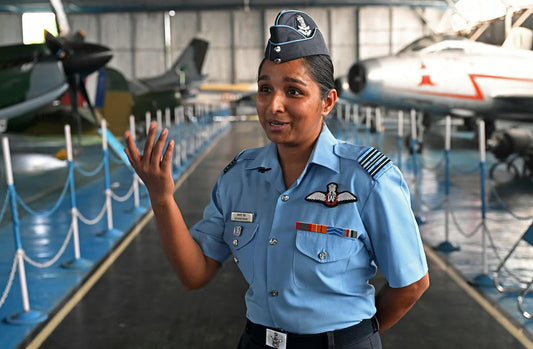
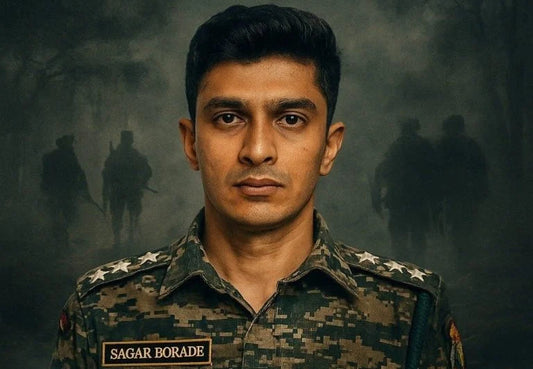
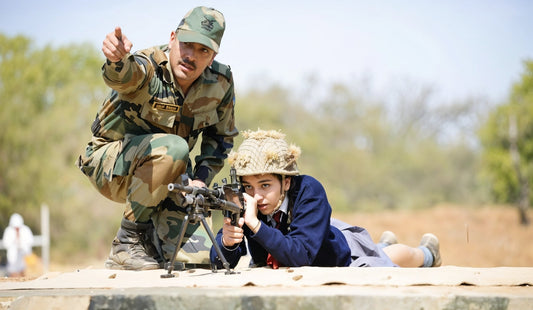










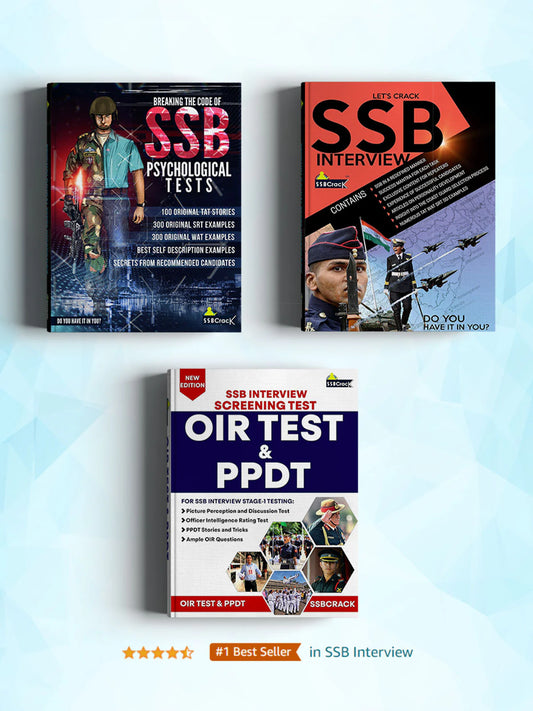

![Let's Crack SSB Interview Book [Paperback]](http://shop.ssbcrack.com/cdn/shop/files/ssb-books.webp?v=1736351621&width=533)
